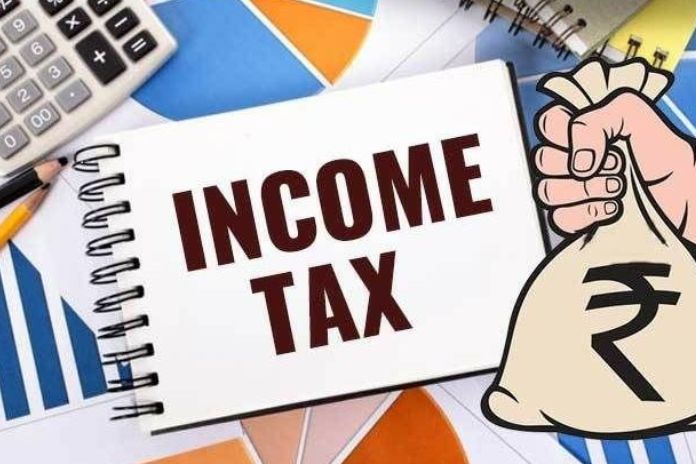The Indian government is set to introduce the New Income Tax Bill 2025 in Parliament on February 13. This bill aims to replace the Income Tax Act of 1961, bringing simpler tax laws and better compliance. Let’s look at the key highlights.
Simpler Tax Structure
The new bill consists of 622 pages and 536 sections to ensure better clarity. It presents tax rates in a tabular format, making it easier for taxpayers to understand.
‘Tax Year’ Replaces ‘Assessment Year’
The bill introduces a ‘Tax Year’ concept instead of the old ‘Previous Year’ and ‘Assessment Year’ terms. The tax year will start on April 1 and end on March 31. This change simplifies tax reporting, especially for businesses.
Stricter Rules for Digital Assets
The bill includes Virtual Digital Assets (VDAs), such as cryptocurrencies and NFTs, under strict regulations. They will now be treated like other assets, such as cash and gold, and will be subject to taxation and legal action if undisclosed.
CBDT Gets More Power
The Central Board of Direct Taxes (CBDT) will have more control over tax rules, ensuring faster implementation and fewer legal complications. This move is expected to reduce tax disputes.
Expected Implementation
Once passed, the new tax law is likely to come into effect from April 1, 2026. It will first be reviewed by a parliamentary committee before final approval.
Final Thoughts
The New Income Tax Bill 2025 aims to make taxation simpler and more transparent while ensuring stricter compliance. If passed, it could bring significant changes to the way taxes are filed and monitored in India.










